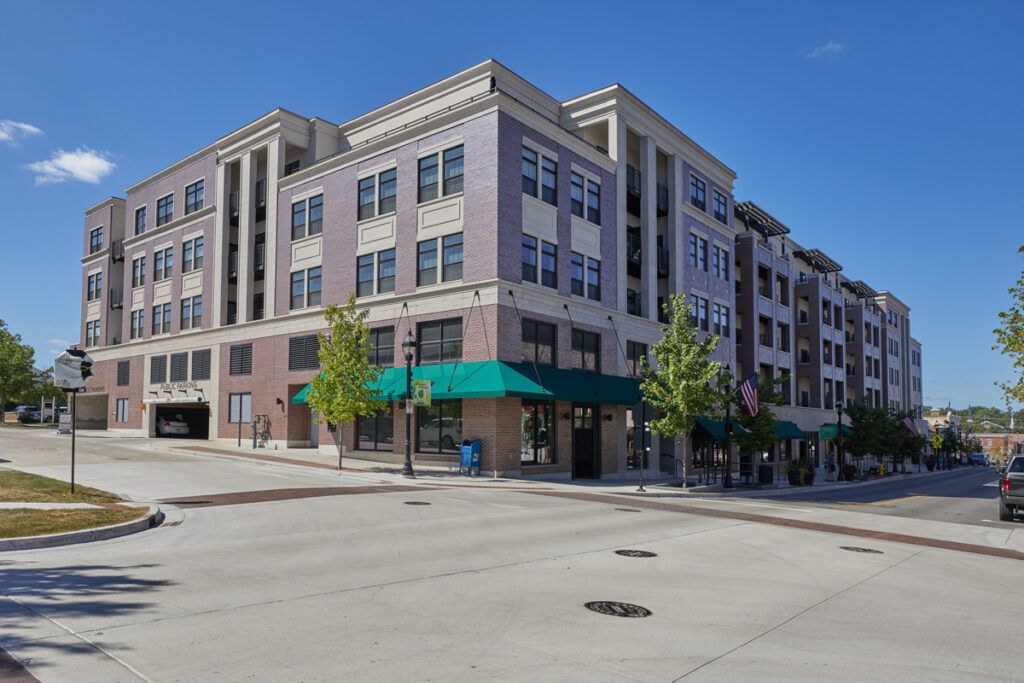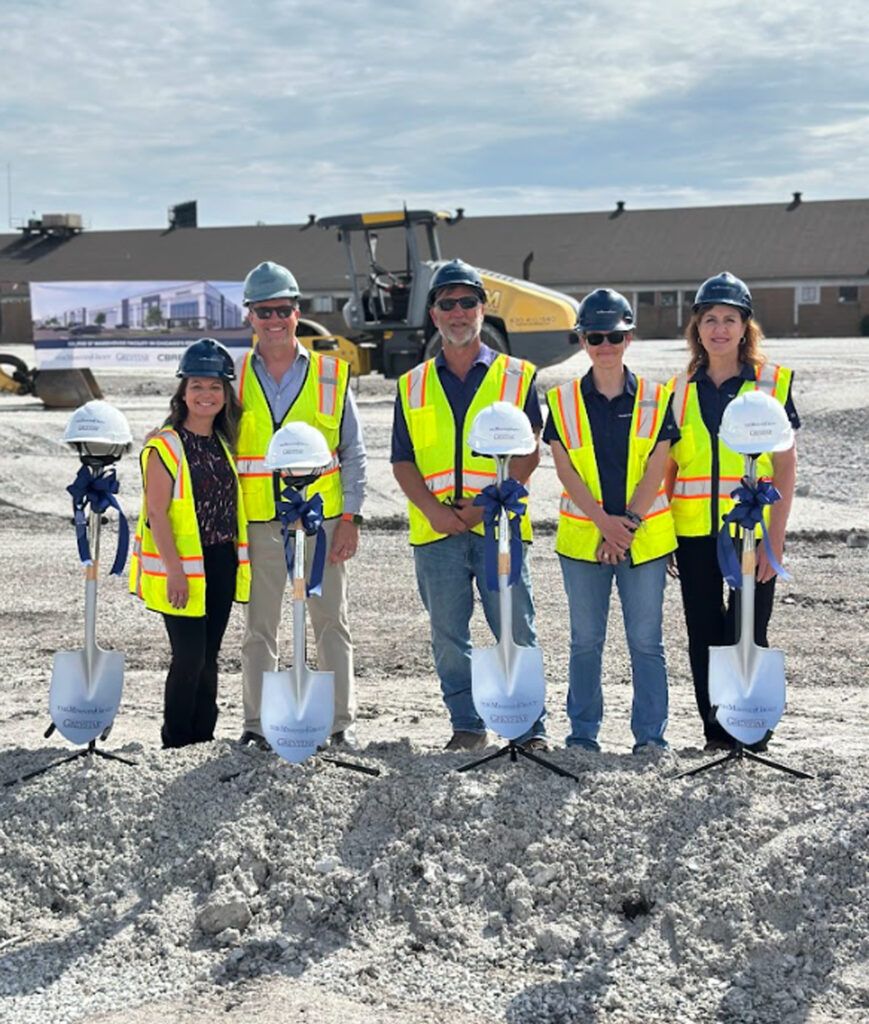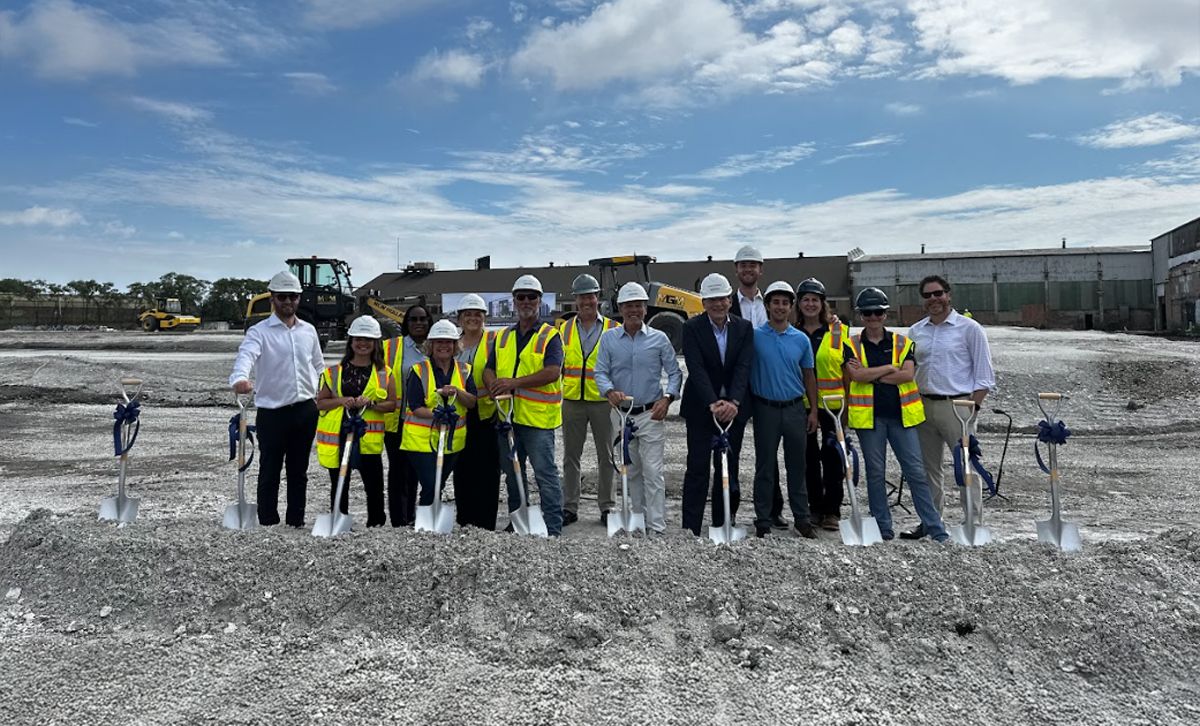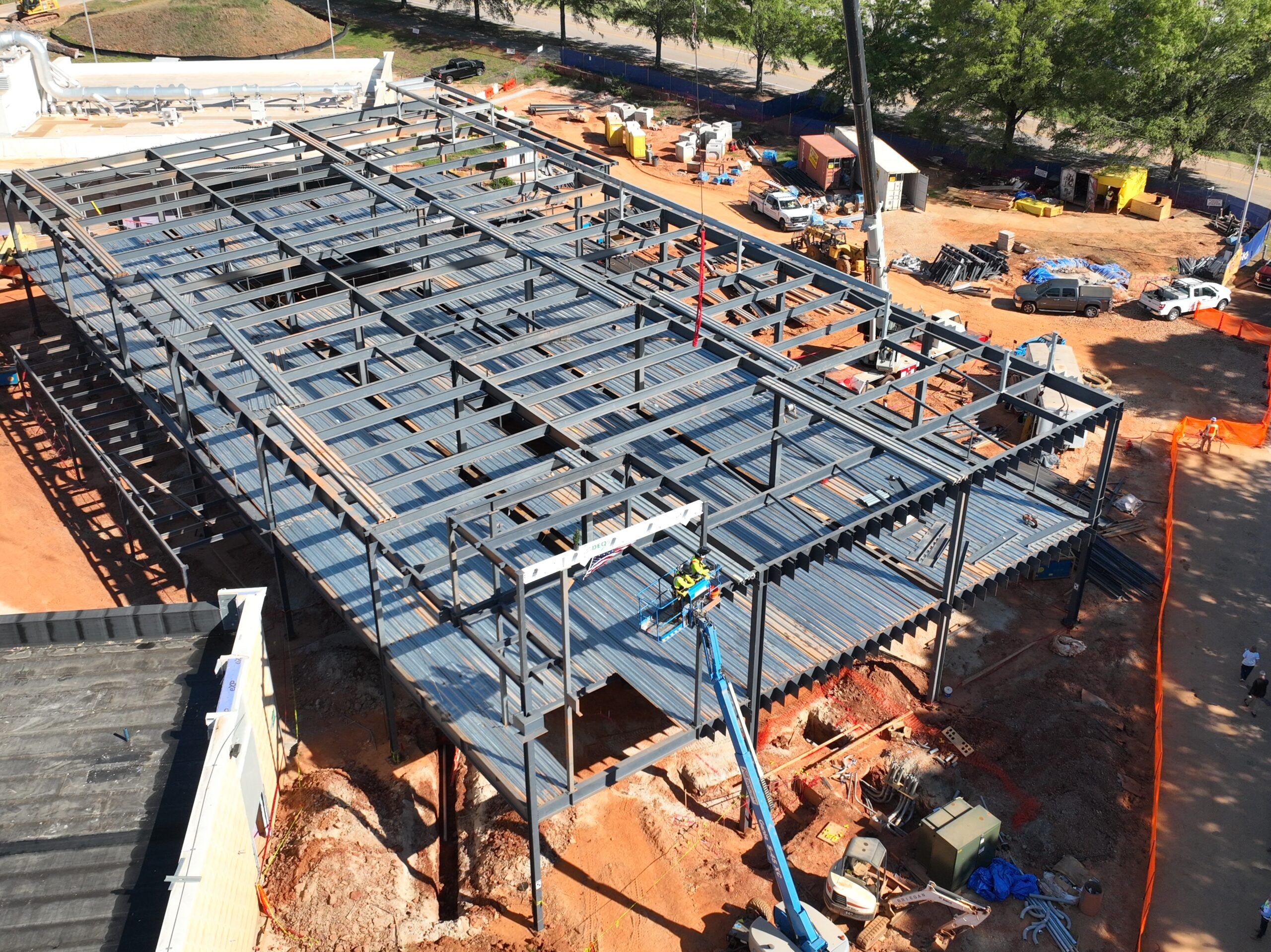For The Missner Group, building has never been just about bricks and steel. For 80 years, it has been about trust, partnership and the kind of long-term thinking that turns projects into legacies. Founded in 1945 as a family-run construction company, the firm has grown into a fully integrated real estate platform—expanding into development, acquisitions, construction and asset management—without ever losing sight of its roots.
Now in its third generation of leadership, The Missner Group is celebrating eight decades of shaping skylines, strengthening communities and delivering value with integrity. From industrial parks and office campuses to mixed-use developments, it has built more than buildings.
It has built relationships—earning the confidence of clients, partners and communities who know the Missner name stands for accountability and follow-through.
That kind of reputation comes from a culture defined by open communication, collaboration and an unwavering commitment to doing the right thing. From a family business that treats every client like a partner and every project like a promise. And from a team dedicated not just to meeting expectations, but to creating spaces that endure—physically and emotionally.
David Julian, Executive VP of Business Development shares his perspective on what it means to be a trusted general contractor in today’s marketplace, how family values still shape their work and where the next chapter of this remarkable story is headed.
 Give us a snapshot of your brand.
Give us a snapshot of your brand.
The Missner Group is a family-founded, relationship driven real estate firm that is celebrating its 80th year in business. What started as a construction company has grown into a fully integrated platform covering development, acquisitions, construction and asset management.
At the core, we’re driven by values: trust, partnership and long-term thinking. We don’t just develop buildings, we build relationships that last. That’s our brand. Clients know us as a firm that delivers with integrity, communicates openly, and follows through.
What type of clients and markets are you targeting?
We’re targeting users and investors in the industrial, healthcare, office, and retail sectors, with a strong emphasis on tenant-focused development and institutional-level ownership strategies.
Geographically, we’re focused on Illinois, Wisconsin, Indiana, and Ohio, with expansion into Tennessee and the broader Midwest corridor through I-65. Our clients range from local businesses and healthcare groups to national REITs and private equity funds. We perform the best in the Industrial Sector.
How does your work cater to today’s end-users?
End-users today demand flexibility, efficiency, and sustainability. We deliver with build-to-suit developments, redevelopment of aging assets, and turnkey construction solutions that allow users to scale, streamline logistics, and attract talent. We design with both functionality and future adaptability in mind—whether it’s clear heights in industrial, or wellness and energy performance in medical and office environments.
How is your construction strategy based?
Our construction strategy is based on collaboration, speed-to-market, and cost control. We integrate early with our development and design teams, offering clients a seamless pre-construction and construction process.
As a third-party GC with in-house development and ownership experience, we build like owners—always focused on durability, quality and ROI.
Because we’re both developers and builders, our construction team brings an owner’s lens to every job. We value engineers early, align with client expectations and run lean. There’s no “hand-off” between teams. It’s all integrated. And that cohesion fosters partnerships not just transactions. Our subs and vendors know that as well. We treat them like long-term partners, not just line items.
What are some of today’s biggest challenges?
The industry is navigating rising construction costs, prolonged entitlement processes, interest rate uncertainty, and labor shortages. The Missner Group counters these challenges with deep market knowledge, longstanding municipal relationships, and a strong subcontractor network that helps keep timelines and budgets intact.
What are the biggest challenges in construction or renovating a project?
With renovations, the biggest hurdles are often unknown conditions, outdated infrastructure, and live tenant coordination. On the construction side, it’s aligning lead times with rising material costs and evolving client expectations. We mitigate these risks through detailed upfront due diligence, real-time market tracking and proactive communication.
With new construction, the big hurdle is balancing speed-to-market with quality and cost control. For renovation, it’s managing the unknowns, from legacy infrastructure to active tenants. That’s where experience matters. We approach every renovation with a discovery mindset and a partner mentality. We don’t just build; we solve. And that mindset earns us trust.
How are you working to promote sustainability?
Sustainability is embedded in how we build and operate. From energy-efficient mechanical systems to adaptive reuse of existing buildings, we promote green practices that lower operating costs and reduce environmental impact. We’re also exploring LEED-aligned designs, solar-ready roofs and EV infrastructure across our developments.
 What do you see as some of the biggest challenges in construction, moving ahead?
What do you see as some of the biggest challenges in construction, moving ahead?
Labor availability and material volatility remain top issues. Additionally, municipalities are becoming more demanding with zoning and compliance, especially around ESG initiatives. We see technology adoption and workforce development as essential to navigating these challenges long-term.
Are you optimistic about what you see in your building and construction sectors?
We’re cautiously optimistic. Industrial demand remains strong, especially for infill locations. Medical and specialized offices are seeing thoughtful growth and there’s real opportunity in repositioning older assets. Construction remains competitive but full of opportunities for firms who can manage risk and adapt quickly.
A few years ago, we were all moving 1,000 mph and deals were happening as fast as you could do them. The bad news is that we are no longer moving that fast. That pace wasn’t sustainable for anyone. The good news is that we are still moving 100 mph and deals are getting done. This pace has been great and companies are able to take advantage of it.
What trends are you seeing?
- Infill industrial demand near population centers
- Smaller, scalable footprints in healthcare and logistics
- Creative redevelopments of outdated office and retail
- Growing emphasis on relationship-based contracting, clients want trusted teams, not just low bids
- Early-stage engagement. Clients want a partner who can carry a project from concept to occupancy. That’s where we thrive.
Where is your business headed?
We’re focused on expanding our development pipeline, strengthening our third-party construction business, and growing our geographic reach throughout the Midwest and Southeast. Long-term, we’re building a scalable platform that integrates real estate development, construction, and asset ownership to serve tenants and investors alike.
Our growth is intentional. We’re focused on the right partners, the right projects, and the right markets. Our future is rooted in the same values that built our past: relationship first thinking, integrity in execution and a long-term ownership mindset.
Tell us what makes your brand unique.
What sets us apart is our owner’s perspective across every service line. Whether we’re building a ground-up development or managing an asset, we think like investors. Our in-house integration of development, acquisitions, construction, and asset management means we move faster, reduce friction and maximize value.
We’re not just contractors. We’re not just developers. We’re a firm that thinks like an owner, builds like a partner, and manages like stewards. That integrated approach, paired with a deep commitment to relationships, sets us apart. Clients tell us, “You feel like part of our team.” That’s the goal every time.
Is there a story you can share about a client/job/etc., that shows how you engage with the industry?
We recently completed a build-to-suit for a leading logistics tenant that needed to consolidate three warehouses into one facility near O’Hare. We handled land acquisition, municipal approvals, and construction within 11 months—during some of the most volatile times in the market.
By engaging early with the tenant and involving our brokerage and development teams from day one, we delivered ahead of schedule and below budget—earning repeat business and a long-term lease.
Describe a typical day.
Every day is different, but it’s always people focused. I might start with a development team call, then tour a jobsite, meet with brokers, sit down with city officials, or walk through a capex strategy with our asset team.
My job is to connect dots, build relationships, and keep momentum moving. I’m in the business of solving and serving. A builder of relationships and trusted partners.
What was the best advice you ever received?
“Real estate is a people business. Treat relationships like they’re your most valuable asset.” That mindset shaped how we lead teams, work with clients, and approach every transaction.
When you treat people as partners and not just clients, vendors or municipalities, you build something bigger than a building. You build loyalty. That’s where the real value is.
What’s the best thing a client ever said to you? What was the job and why?
A client once said, “You didn’t just build us a building—you solved a problem we didn’t know how to fix.” That was on a medical facility where zoning, parking and design limitations had stalled progress for years.
Our team found a creative solution by assembling parcels and managing entitlements under a PUD process. It was a win for the client, the city and the neighborhood.












